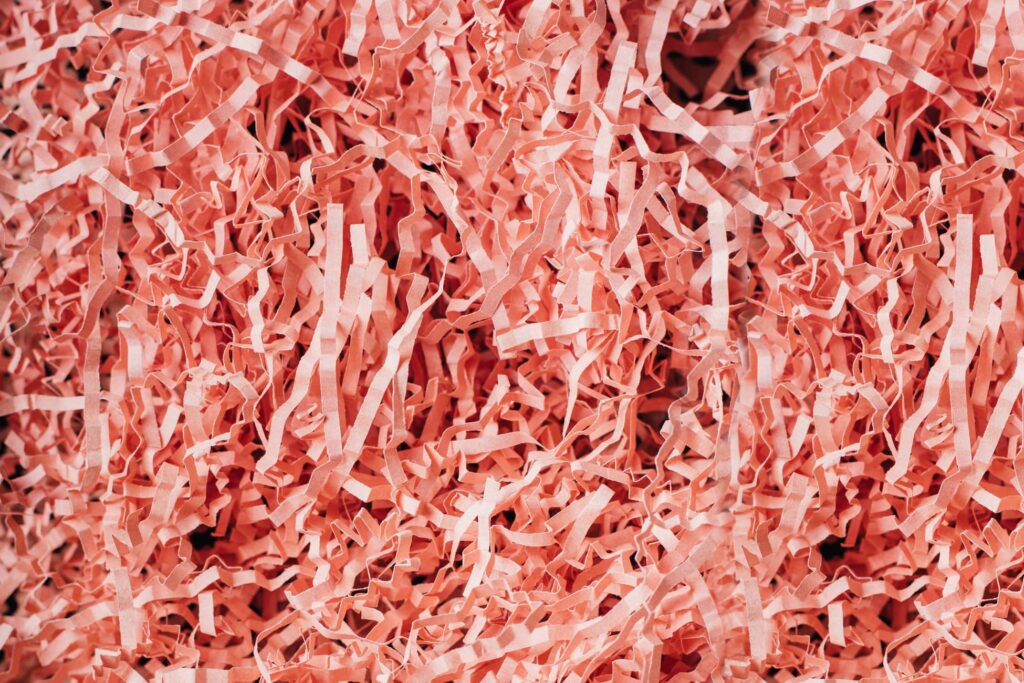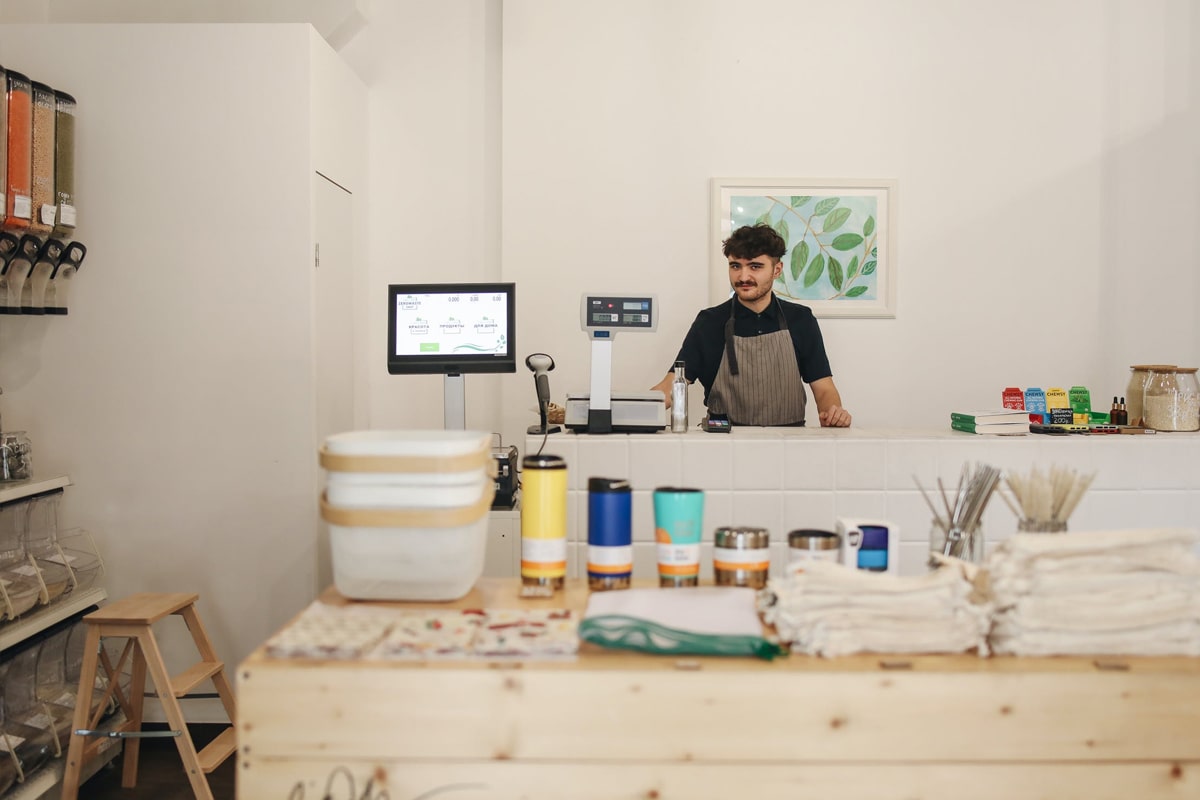The pandemic may have limited us to celebrating occasions as we normally would. However, this shouldn’t stop us from finding trinkets of enjoyment; even more, doing it the eco-friendly way.
Take Easter for example. Growing up, we’ve all had our time seeing grass inside the home and our parents telling us the Easter bunny has hopping around. We’ve peeled enough wrapped up chocolate eggs through our lifetime. We’ve also colored countless eggs to mark the occasion.
Changing our ways doesn’t mean we are compromising on joy. In fact, it may even be a lot more engaging once you and your family choose to celebrate an eco-friendly Easter. Here are tips to get you started.
1. Set the tone
Before getting into the specifics, it’s best to plan and let your kids know of the changes you’re making. Not only will this help condition their minds better. It also helps them share the perspective you have of celebrating Easter the greener way. Furthermore, they will understand what and why they need to make certain adjustments.
A pro tip here is to choose a theme for Easter this year. This way, you can include other items in the baskets aside from chocolates, which can come in all kinds of plastic packaging.
2. Repurpose baskets

No need to buy new baskets. You’d be surprised how creativity and resourcefulness can further personalize this year’s Easter. Make use of old baskets your kids can repaint with you. Galvanized buckets or beach toy pails can be just as equally gratifying. Allow your children’s imagination to open up when coming up with Easter baskets. You’d be far away from store-bought ones in no time.
3. Natural dye is your best friend

Coloring eggs is one of the most exciting bits of celebrating Easter. The good news is there are more sustainable ways of adding color to your eggs without harming yourself or the environment.
When it comes to all-natural coloring, your kitchen and garden are your best friends. Dye from fruits and vegetables like berries, red cabbage, onions and beets is a good place to start. You can even use apples mixed with vinegar or turmeric to achieve a bright, dainty yellow on your eggs. Dill seeds, paprika and amaranth flowers are other sources of natural hues too.
4. Make your Easter grass sustainable

Creating patches of grass at home is great suspense for the kids. However, it’s best not to purchase Easter grass when you can reuse so many other materials. For starters, shredded newspaper and magazine pages are just as colorful and functional.
The great thing about small, shredded pieces of paper is you can place them in your compost out back after you use them. This creates a much healthier soil for your plants.
5. Repurpose plastic eggs

You may still have some plastic eggs lying around this year. What you can do is use them for decorations, like an Easter egg wreath to place on your door. Keep it afterwards and reuse them for as long as they serve their purpose.
An eco-friendly Easter can be a particularly teachable moment for the family. Let this occasion imprint one’s love for Mother Nature, which can be carried on for generations to come.





